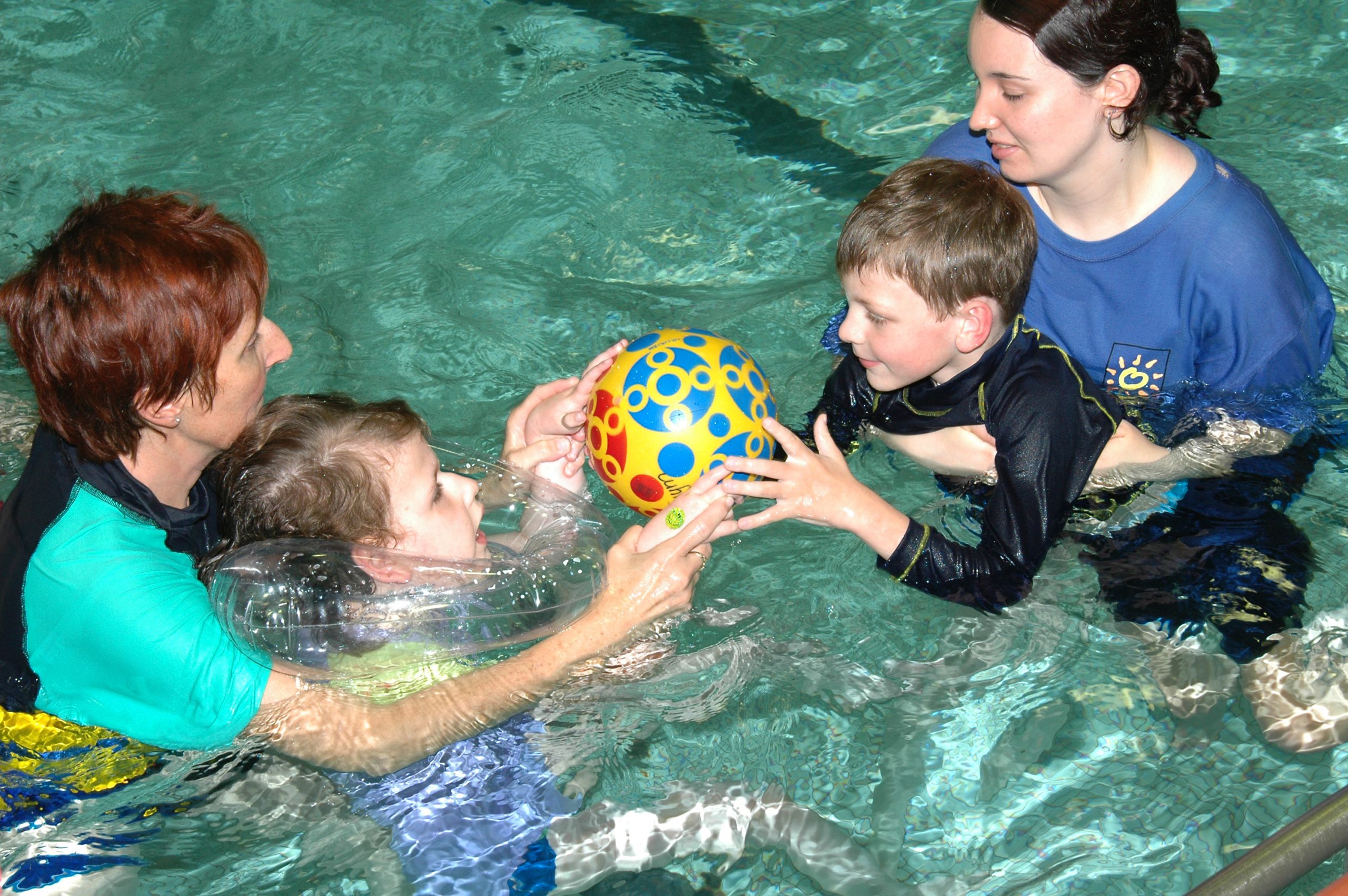Students with disability represent a significant number of enrolments in the Independent sector. It is important parents can choose the educational environment that provides the best option for their child.

STUDENTS WITH DISABILITY
Students with disability represent a significant number of enrolments in the Independent sector. It is important parents can choose the educational environment that provides the best option for their child.
There are more than a hundred thousand students with disability enrolled in Independent schools, representing more than a fifth of the Independent school student enrolments. This is consistent with the importance of being inclusive, equitable and providing access to quality education for all students. Over six per cent of students with disability in Independent schools attend a special school that can support their needs.
The number of students with disability in the Independent school sector has grown substantially over the past decade— ten times the rate of overall enrolment growth, although the growth rate varies from year to year.
Special schools and programs
Most special schools, which cater solely for students with a disability, are Independent schools.
Parents choose special schools for their ability to provide specialised adjustments for their child’s specific needs. This includes students who have been assessed as requiring extensive adjustments under the Nationally Consistent Collection of Data on School Students with Disability (NCCD).
Special schools make an important contribution to addressing the educational needs of students with disability by adjusting the curriculum and their teaching methods to respond to the needs of their students. Teachers in these schools are often specialists who work closely with other teachers, specialists and parents, to provide high-quality learning opportunities.
Many mainstream Independent schools also employ specialist teachers to work with class teachers and parents to develop individual learning programs and to develop strategies and materials to meet the needs of these students. Some schools employ teacher aides to work one-to-one with students during class.

The responsibility of schools
All schools have a legal obligation to meet the needs of students with disability. The Disability Standards for Education 2005 (DSE) policy guides schools about working with families and students to accommodate diverse needs in schools. The DSE covers adjustments, rights and responsibilities, and applies to all schools in Australia.
The Disability Discrimination Act 1992 makes it unlawful for schools to discriminate against a person on the grounds of disability, except in those circumstances where the enrolment of a student with disability would impose an unjustifiable hardship on the school.
Funding for students with disability
Independent schools are eligible for specific funding from Commonwealth, and state and territory governments to support the education of students with disability.
Students with disability in Independent schools do not receive the same level of additional funding from state governments as those in government schools. The funding gap for students with disability between school sectors can be substantial.
Under the current Australian Government school funding model, the loading for students with disability is based on the Nationally Consistent Collection of Data on School Students with Disability (NCCD) data collection which identifies students receiving an adjustment for disability.
There are four levels of adjustment:
- Support provided within a Quality Differentiated Teaching Practice – Support through active monitoring and adjustments are not greater than those used to meet the needs of diverse learners
- Supplementary – Adjustments that are supplementary to the strategies and resources already available for all students within the school
- Substantive – Essential adjustments and considerable adult assistance
- Extensive – Students with disability and very high support needs.
The levels of adjustment are based on teacher judgement but also require the collection of evidence to support the placement of students in a particular level of adjustment. Only the last three levels are funded under the disability loading.
Students with disabilities loading from 2018 onwards based on the NCCD.
| PRIMARY | SECONDARY | |
| Quality Differentiated Teaching Practice (QDTP) | No loading | No loading |
| Supplementary | 42% | 33% |
| Substantial | 146% | 116% |
| Extensive | 312% | 248% |

